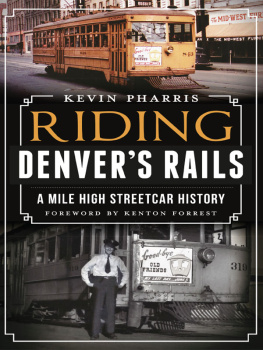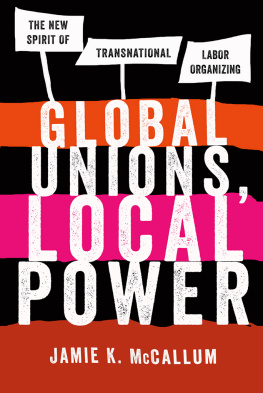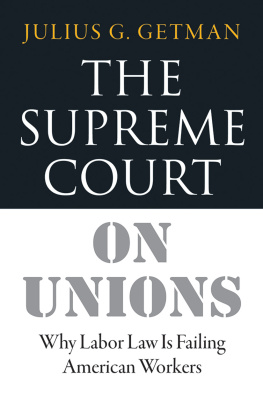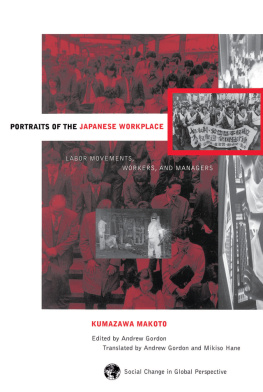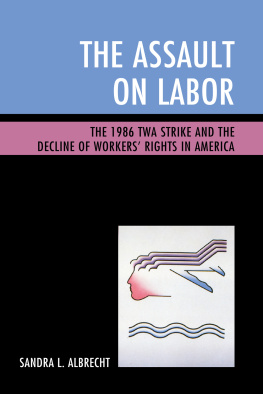James Wolfinger - Running the Rails: Capital and Labor in the Philadelphia Transit Industry
Here you can read online James Wolfinger - Running the Rails: Capital and Labor in the Philadelphia Transit Industry full text of the book (entire story) in english for free. Download pdf and epub, get meaning, cover and reviews about this ebook. City: Ithaca, year: 2016, publisher: Cornell University Press, genre: Politics. Description of the work, (preface) as well as reviews are available. Best literature library LitArk.com created for fans of good reading and offers a wide selection of genres:
Romance novel
Science fiction
Adventure
Detective
Science
History
Home and family
Prose
Art
Politics
Computer
Non-fiction
Religion
Business
Children
Humor
Choose a favorite category and find really read worthwhile books. Enjoy immersion in the world of imagination, feel the emotions of the characters or learn something new for yourself, make an fascinating discovery.

- Book:Running the Rails: Capital and Labor in the Philadelphia Transit Industry
- Author:
- Publisher:Cornell University Press
- Genre:
- Year:2016
- City:Ithaca
- Rating:5 / 5
- Favourites:Add to favourites
- Your mark:
Running the Rails: Capital and Labor in the Philadelphia Transit Industry: summary, description and annotation
We offer to read an annotation, description, summary or preface (depends on what the author of the book "Running the Rails: Capital and Labor in the Philadelphia Transit Industry" wrote himself). If you haven't found the necessary information about the book — write in the comments, we will try to find it.
Philadelphia exploded in violence in 1910. The general strike that year was a notable point, but not a unique one, in a generations-long history of conflict between the workers and management at one of the nations largest privately owned transit systems. In Running the Rails, James Wolfinger uses the history of Philadelphias sprawling public transportation system to explore how labor relations shifted from the 1880s to the 1960s. As transit workers adapted to fast-paced technological innovation to keep the citys people and commerce on the move, management sought to limit its employees rights. Raw violence, welfare capitalism, race-baiting, and smear campaigns against unions were among the strategies managers used to control the companys labor force and enhance corporate profits, often at the expense of the workers and the citys well-being.
Public service workers and their unions come under frequent attack for being a special interest or a hindrance to the smooth functioning of society. This book offers readers a different, historically grounded way of thinking about the people who keep their cities running. Working in public transit is a difficult job now, as it was a century ago. The benefits and decent wages Philadelphia public transit workers securedadvances that were hard-won and well deservedcame as a result of fighting for decades against their exploitation. Given capitals great power in American society and managements enduring quest to control its workforce, it is remarkable to see how much Philadelphias transit workers achieved.
James Wolfinger: author's other books
Who wrote Running the Rails: Capital and Labor in the Philadelphia Transit Industry? Find out the surname, the name of the author of the book and a list of all author's works by series.

